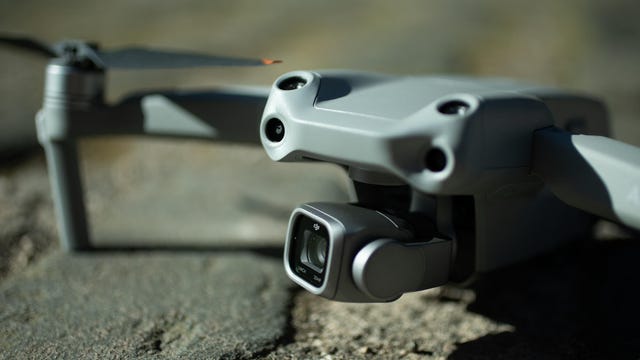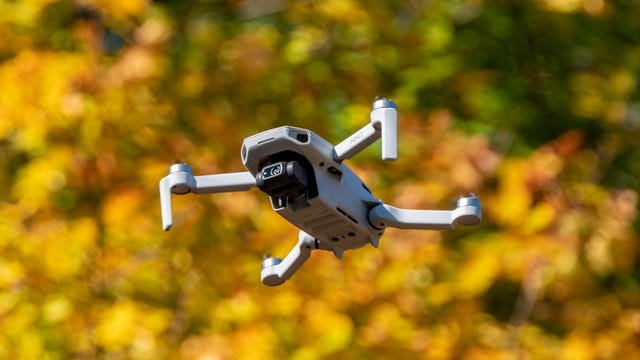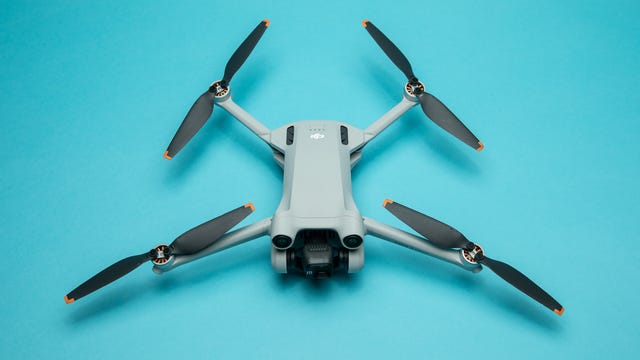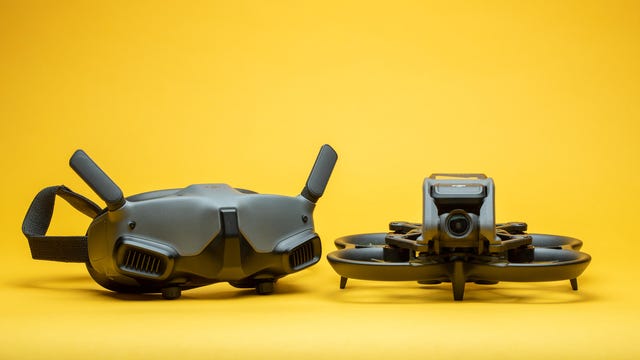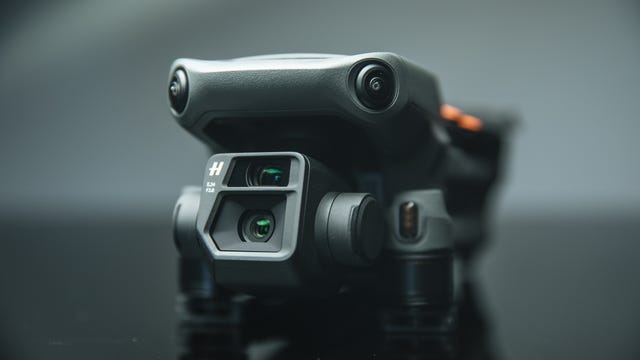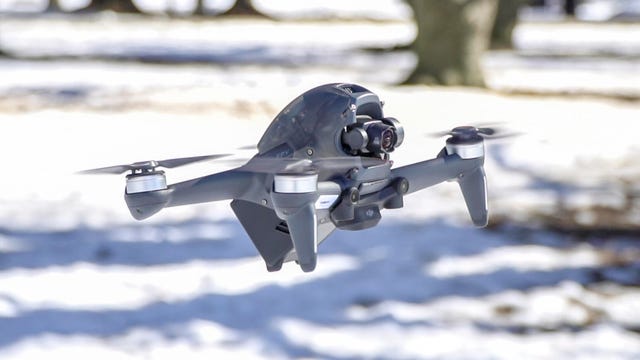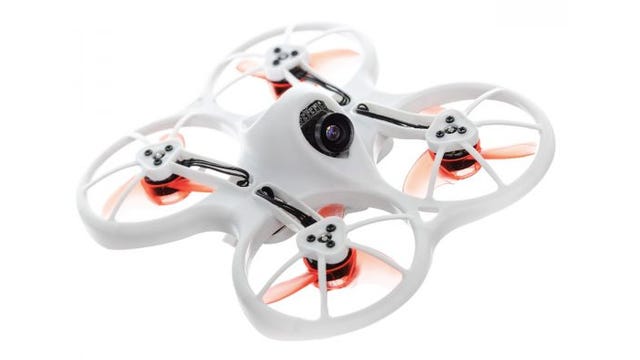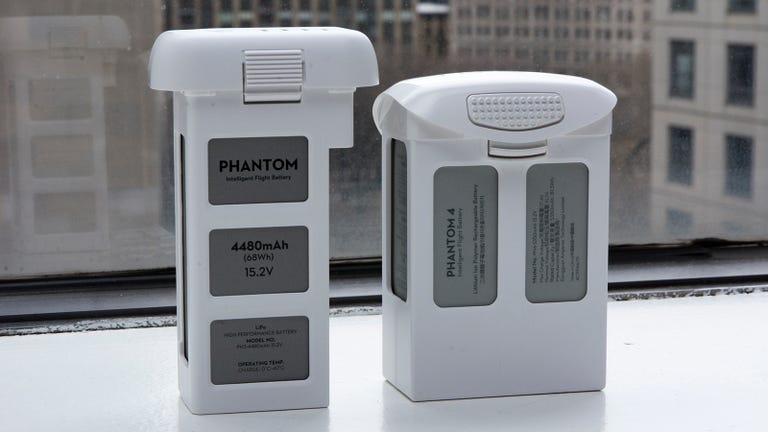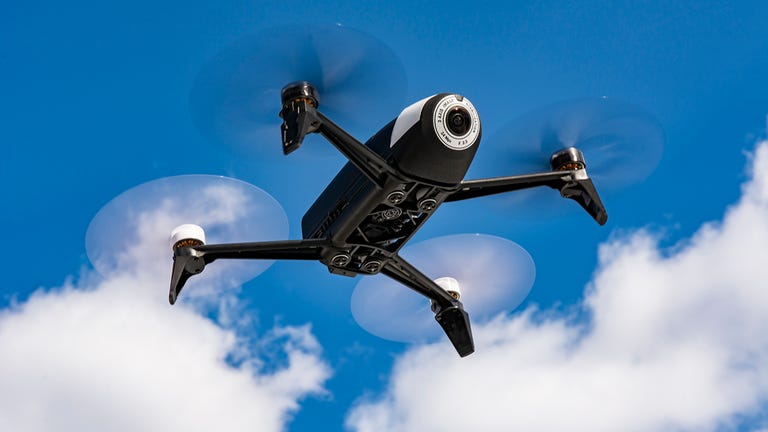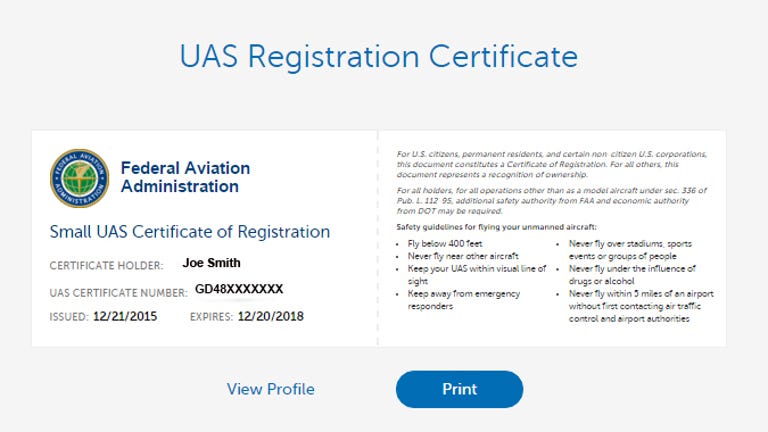In this article:
One of the coolest gadgets that you can get your hands on is a drone. There are many reasons you might want to operate one, and piloting a small flying robot is awesome. Firstly, it’s incredibly fun to steer them. Secondly, if you’re a passionate photographer, it can be a great tool to frame landscape shots. Drone cameras can give you a new perspective that is amazing.
The best drones in 2023 can capture the most majestic views that few have seen before, especially if you live in a rural or suburban area. You’re sure to wow your friends and family. And these days, you can get a great drone with a camera for less than $500.
There are plenty of affordable options for drone owners that offer various combinations of features, video quality and prices to suit every drone enthusiast. So, whether you’re looking to get into drone photography or just want to enjoy the thrill of the flight, we’ve got some recommendations.
We’ve outlined our top picks for the best drones for beginners, intermediate users and “prosumer” enthusiasts, as well as an introductory drone for folks interested in racing, which is a whole scene unto itself. We’ll update this list periodically. We’ve also included a more in-depth buying guide and FAQ on the best drones below, with more information about the key things to consider before you buy.
With its large 1-inch image sensor, the DJI Air 2S is able to take great-looking photos and videos from the sky. It’ll shoot video at up to 5.4k resolution, while still images can be taken in DNG raw format at up to 20 megapixels. The drone has a variety of intelligent flight modes too that makes it particularly easy to capture cinematic footage even when you’re out hiking by yourself, including a mode that follows you as you walk through the hills and a mode that automatically circles a point of interest.
One thing it doesn’t do is flip the camera over to let you shoot in portrait orientation. That’s a shame, as it means that capturing vertical video for TikTok or Instagram Reels is more difficult as you’ll need to crop your video down the middle, losing a lot of resolution in the process. If that’s a priority for you, look towards DJI’s Mini 3 Pro.
It’s as easy to fly as others in the DJI range and it has a range of obstacle sensors to help keep it in the air and avoid it plouwing headlong into a tree or a wall. Its maximum flight time of up to 31 minutes is solid for a drone of this size but it can be bought with a bundle of extra batteries for those of you that want to capture more footage from the sky.
Its folding design makes it quite easy to fit into a photography backpack, but it’s physically larger and heavier than DJI’s ‘Mini’ range, so keep that in mind if you’re after the lightest model to take on your travels. But its combination of flight time, automated flying modes and excellent image quality make it a superb all-rounder that’s well worth considering.
The DJI Mini may have launched back in 2020, but it’s still available to buy today and it’s still a superb option for those of you looking to take your first steps into the world of aerial photography. Its compact, folding size means it’s super easy to chuck in a bag and carry anywhere while its 249g weight means you don’t need to register it with the FAA (in the US).
It uses the same control scheme as other DJI drones, which we’ve found to be easy for beginners learning the ropes while allowing more advanced flyers the flexibility to test their skills. It can fly for up to 31 minutes on a single charge and has a flying range of up to 6.2 miles (10 kilometers).
Its small camera unit is stabilized for smoother footage and it can shoot video at 4K at up to 30 frames per second. Still images are captured at 12 megapixels.
One of the reasons that the foldable drone is so light is that it has no sensors for obstacle avoidance. That means there will be a learning curve and potentially some crashing. So while it is an affordable beginner options, those of you with no existing flying skills should start out practicing in wide-open spaces until you get the hang of things. Once you do get more confident, the Mini 2 is stable, nimble, safe to fly and quieter than other DJI models.
While DJI’s Air 2s and Mavic 3 offer superb image quality from the air, they lack the ability to flip the camera over and shoot video and photos in portrait orientation. As a result, those of you wanting to use your footage for your TikTok page or Instagram Reels will need to crop the video right down the middle, losing a lot of resolution in the process and making it harder to compose your shots when you’re out on location.
The Mini 3 Pro has no such problem, as with a simple tap of an on-screen button its camera flips over into portrait orientation, allowing you to capture social content using the full view and maximum 4K resolution of the sensor. Videos can be shot at up to 60 frames per second, while still images can be captured in DNG at an impressive 48 megapixels.
Its folding design allows it to shrink down to something little bigger than a standard can of coke but it still packs a variety of sensors that help stop you crashing it into trees. Keep in mind though that its tiny size and 249g weight does mean that it’s susceptible to strong winds and in blustery conditions will have to fight harder to remain airborne — reducing your flight times.
If you’ve been on Instagram or TikTok recently then you’ll almost certainly have seen exhilarating videos of similar FPV drones flying through bowling alleys, factories or doing other incredible aerial maneuvers. To achieve that, FPV pilots wear headsets that let them see through the eyes of the drone, navigating those twisting turns and zooming through tight gaps as if they’re behind the controls and up in the air.
And that’s exactly how you’ll fly the Avata; with a set of DJI FPV goggles that give you a view directly from the drone’s perspective. It’s an exhilarating way of flying as it really feels like you’re up in the air controlling the drone from behind a steering wheel. It’s a more extreme way of flying than you’ll get from more typical drones like the Air 2S, with more instant controls and faster speeds.
The upside is that you get fast and exciting footage of your drone speeding through forests or through impossibly-small obstacles which you simply can’t achieve with other drones on this list. The downside is that the first-person perspective can make you quite nauseous, particularly if you suffer at all from motion sickness. I found I could manage 5-10 minutes of flying at a time before needing an extended break.
The nature of wearing the goggles also means you’re unable to see around you — which makes it more difficult to spot any incoming dangers, such as rescue helicopters. As such, you’re legally obliged in many areas (including the UK) to have a spotter next to you keeping an eye out on your behalf as you race your drone around the sky.
The Avata is smaller and lighter than DJI’s first FPV drone and has built-in guards around its propellers which allow it to bump into walls, trees or other obstacles without necessarily being taken out of the air.
Its 4K, 60 frames-per-second video looks great and it’s easy to fly using the DJI Motion Controller, which lets you simply maneuver the drone based on your hand movements. You’ll see a crosshair in your view that moves around when you move the controller — wherever you point the crosshair, the drone will follow. It’s a simple ‘point-and-click’ way of flying that I really enjoyed.
The DJI Mavic 3’s relatively high starting price of $2,000 makes it significantly more expensive than others on this list, but if you’re a professional or enthusiastic photographer wanting superb photos and videos from the sky then it’s an investment that might be worth making.
The Mavic 3 packs a 4/3rd-size image sensor which is physically larger than any other image sensor you’ll get from other drones on this page. That bigger sensor allows it to capture more light and offer better dynamic range. As a result, its 5.1K-resolution video looks superb, with tons of detail for cropping into and excellent exposures, even in high-contrast scenarios.
It’s got sensors all-round too, keeping it safe from smashing into obstacles, while its huge 46-minute maximum flight time is better than almost any other drone around. It folds down to the size of a large camera lens, so it’s relatively easy to get into a photography backpack, but those of you wanting a tiny drone for travelling should still look to the DJI Mini 3 Pro.
The DJI FPV was the company’s original first-person drone, offering a beginner-friendly entrance into the exhilarating world of FPV drone flying. We loved its lighting-fast 97mph top speed and its solid 4K video quality. And while the DJI FPV has been somewhat usurped by the new DJI Avata which is smaller, lighter and safer (thanks to built-in propeller guards), the original DJI FPV is still worth considering.
That’s largely down to its price, which is now around $1,000 for a full kit with everything you need to fly, from the drone itself, to the controller and the original FPV headset. The DJI Avata comes in at $1,170 for the similar ‘Fly Smart’ combo which I personally think is worth paying (as it includes the motion controller which makes FPV flying much easier) but if you want an FPV experience at the lowest cost then the cheaper DJI FPV might be the better option.
Though mainstream drones like the DJI Mini can fly fast, racing drones fly even faster, capable of hitting speeds above 100 mph. They’re also much more agile, built for acrobatic maneuvers with you at a set of manual controls. That means there’s a learning curve that usually involves some crashes.
Getting started will be neither quick nor easy, but for a racing drone, the Emax Tinyhawk 2 keeps things relatively simple. You’ll still need to learn how to pilot the thing, but the process will be less expensive and less frustrating than with other entry-level systems. For one thing, you don’t need to worry about getting all of the individual pieces to work together — or soldering anything, which is required for many DIY models.
Drone FAQs
How much do drones cost?
The prices for drones varies depending on what kind of features you want or the quality you need from the camera. As with most areas of tech, price lines up with performance, with the more expensive models offering higher-resolution video with bigger image sensors and longer flight times.
DJI’s range currently starts at only $450 for the Mini 2, which offers decent 4K video and strong flight times but lacks obstacle sensors or any kind of intelligent flight modes. At the higher end, the DJI Mavic 3 shoots 5.1K video with a large image sensor for pristine quality, its 40-minute flight times are class-leading and its range of obstacle sensors means it can fly autonomously to capture cinematic footage of you with minimal effort. At $2,000 though, you pay a lot for these kinds of features.

